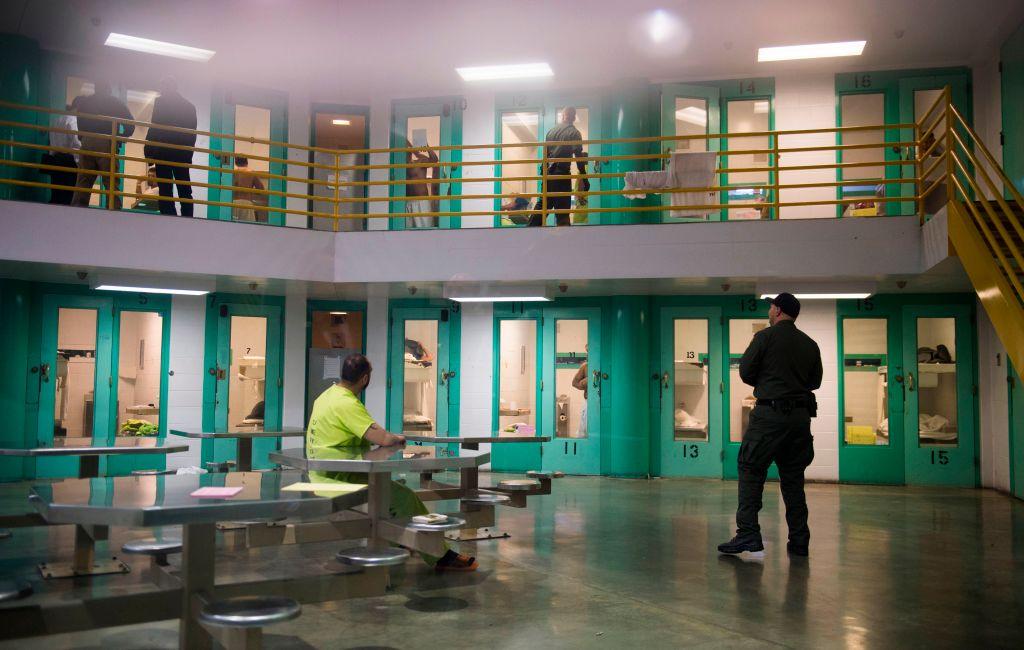The Louisiana Supreme Court’s chief justice has called on courts throughout the state to reduce inmate populations in parish jails in an effort to prevent the spread of the CCP virus.
Chief Justice Bernette Johnson wrote a letter to state district judges urging them to “safely minimize the number of people detained in jails where possible.” She asked the judges to work with prosecutors, public defenders, and sheriffs to conduct a “heightened risk-based assessment” of all detainees to see whether alternatives to jail would be a better option.




